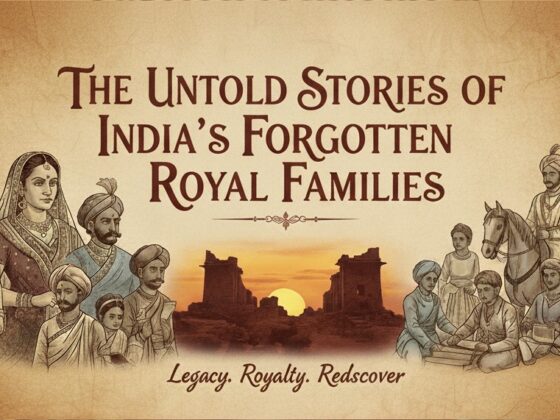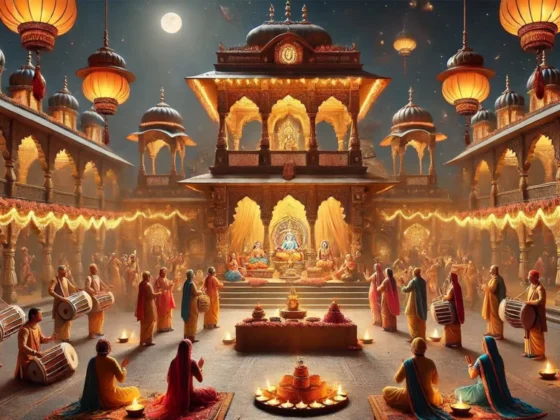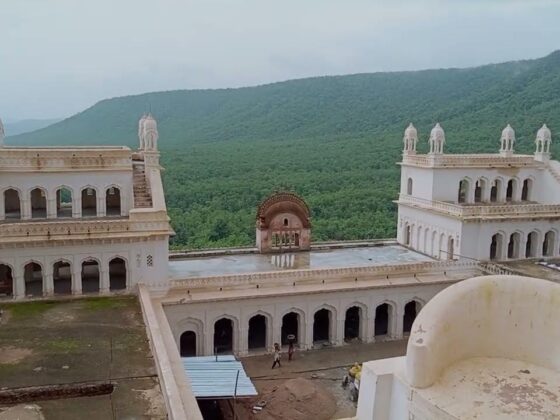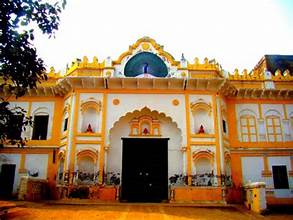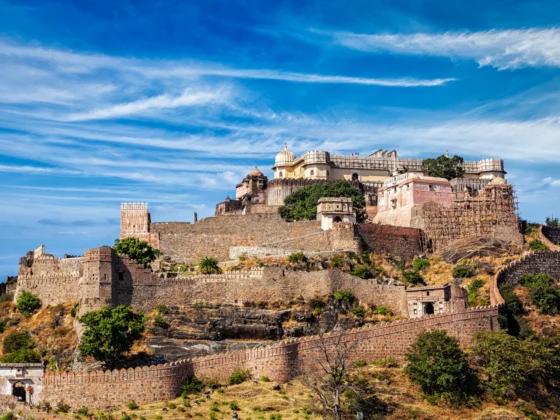The Royal Families of Maharashtra: A Legacy of Heritage and Power
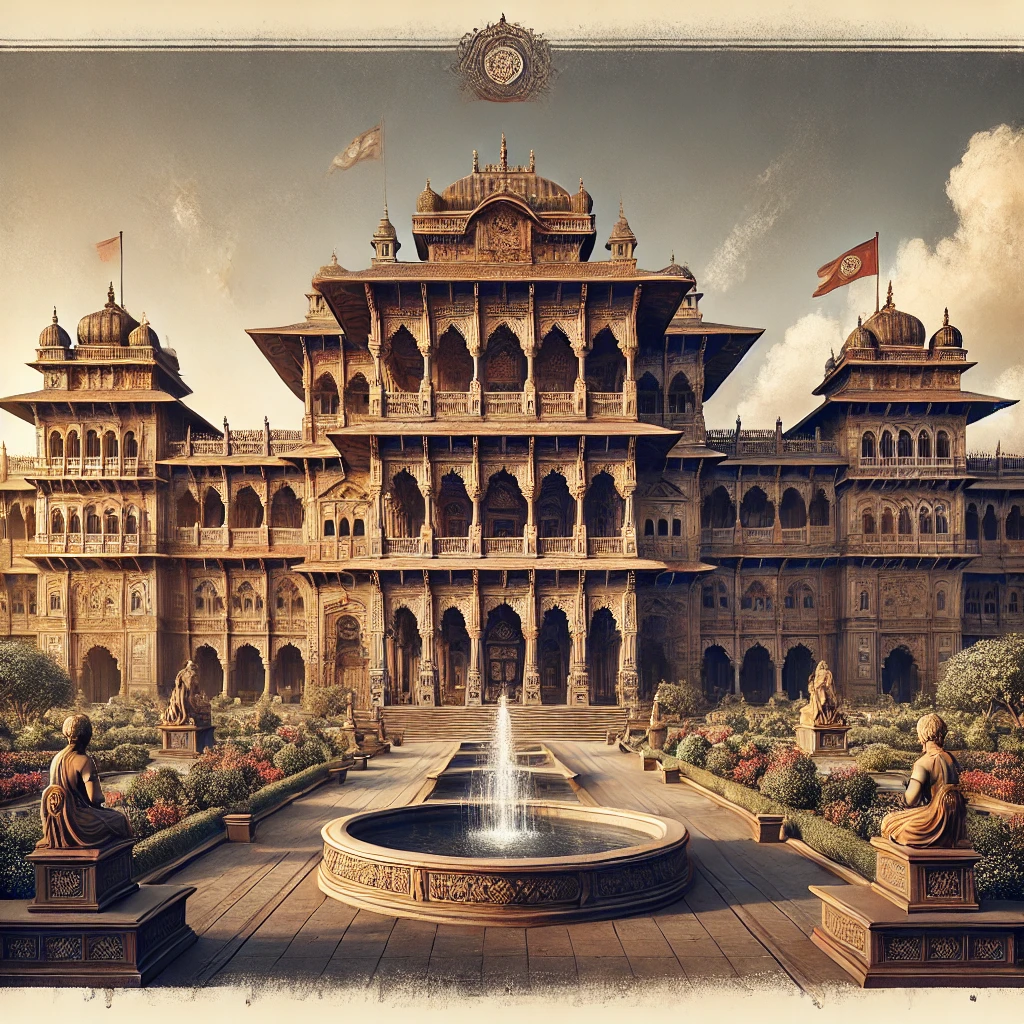
The Rich History of Maharashtra’s Royal Families
Maharashtra is home to a rich and vibrant history that has shaped India. The Maratha Empire, known for its fierce warriors and deep cultural values, played a crucial role in the country’s past. Even though monarchy no longer exists in India, several royal families still maintain their heritage and legacy.
Here’s a look at some of the most prominent royal families from Maharashtra and their lasting influence.
Gaekwads of Baroda, Gujarat
The Gaekwad dynasty, based in Baroda (now Vadodara, Gujarat), was a dominant power in the 18th-century Maratha Confederacy. Damaji I founded the dynasty, and by 1740, they had established their rule. The last ruler, Sayaji Rao III, passed away in 1939.
Today, Samarjisingh Gaekwad leads the royal family and owns vast properties, including 2,000 acres of real estate and the grand 187-room Laxmi Vilas Palace.
Scindias of Gwalior, Madhya Pradesh
The Scindias ruled the princely state of Gwalior from the mid-18th century until India’s independence. As the power of the Chhatrapati of Satara and the Peshwas declined, the Scindias continued ruling from Gwalior.
Presently, politician Jyotiraditya Scindia resides in the imperial Jai Vilas Mahal, which spans 40 acres and has over 400 rooms. A part of this grand palace now serves as a museum, while the Scindia family occupies the remaining sections.
Bhonsales of Kolhapur, Maharashtra
The Bhonsle clan, originally from the Suryavanshi Sisodia Rajputs, was instrumental in the Maratha Empire’s expansion. Shivaji Maharaj, their most notable member, established the empire, and his descendants continued ruling from Satara and Kolhapur.
Shahu Chhatrapati Maharaj of Kolhapur was a significant social reformer, and his family still commands immense respect. The current Maharaja, Shreemant Shahu Maharaj, resides in the historic Kolhapur Palace. The ground floor of this magnificent structure now functions as the Shahaji Chhatrapati Museum.
Patwardhans of Miraj, Maharashtra
The Patwardhan dynasty, established by the Chitpavan Brahmin family, ruled parts of the Maratha Empire from 1733 until their accession to independent India in 1948. They played a crucial role in battles against Tipu Sultan and gained recognition from the British.
Arthur Wellesley once described them as “the most respectable of all the Peshwa’s subjects.” Their legacy remains an integral part of Maharashtra’s history.
Ghorpades of Sandur, Karnataka
The Ghorpade dynasty ruled Sandur, Karnataka, from 1713. Shrimant Sidalji Ghorpade established their reign, which later came under the British in 1818. Sandur was officially merged into the Indian Union in 1949.
The Ghorpade family is best known for the stunning Shivavilas Palace, now converted into a luxurious heritage hotel. The palace continues to reflect the grandeur of its royal past.
Conclusion
The legacy of Maharashtra’s royal families remains alive through their grand palaces, rich traditions, and historical contributions. Their influence extends beyond politics and culture, preserving a heritage that continues to fascinate and inspire.
Stay tuned for more stories about Maratha royalty in upcoming articles!




